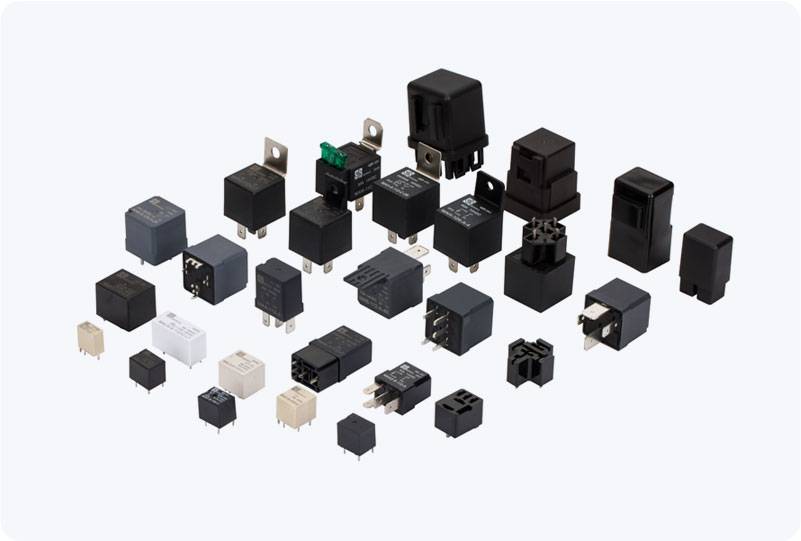In the world of industrial automation, safety is paramount. Machines and systems are becoming increasingly complex, and human operators are often exposed to risks in high-speed or high-pressure environments. To mitigate these risks and ensure the protection of both people and equipment, safety devices are crucial. One of the key components used for safeguarding industrial systems is the Safety Relay. This device is designed to provide a reliable and effective means of monitoring and controlling safety-critical circuits in a variety of industrial applications.

What is a Safety Relay? A Safety Relay is an electrical device used to monitor and control safety functions in automated systems. It serves as an essential part of any safety circuit, which may be connected to sensors, safety switches, emergency stops, or other critical components. Its primary role is to ensure that, in the event of a fault or safety hazard, the system reacts appropriately to prevent accidents or equipment damage. The core function of a safety relay is to detect dangerous conditions and take appropriate action, often by stopping or shutting down machinery, cutting power, or activating an alarm. For example, when a safety guard is opened or a worker enters a restricted area, the safety relay will immediately de-energize the machinery, thereby protecting the operator from potential injury.